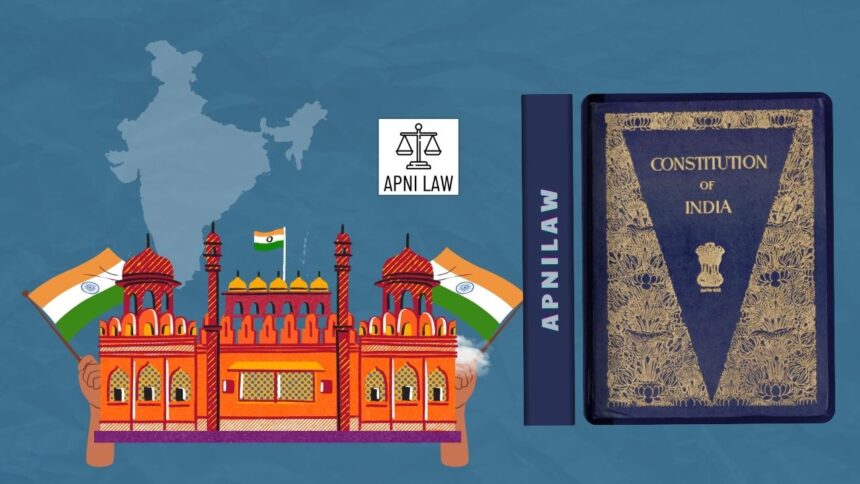What Is the Main Difference Between the Council of Ministers and the Cabinet?
The main difference lies in size and authority. The Cabinet forms the core group of senior ministers who handle major ministries. The Council of Ministers is a larger body that includes Cabinet Ministers, Ministers of State, and Deputy Ministers. The Cabinet takes key decisions, while the Council supports governance and implementation.
How Do Their Compositions Differ?
The Cabinet includes only senior ministers who manage important portfolios like finance, defence, and home affairs. The Council of Ministers includes every minister in the government. This makes the Council a wider administrative body, while the Cabinet remains a small decision-making group.
Who Holds More Decision-Making Power?
The Cabinet holds real executive power. It frames national policies and guides the Prime Minister on crucial issues. Its decisions bind the entire government. The Council of Ministers advises the President and assists in administration, but it does not enjoy the same authority as the Cabinet.
How Often Do They Meet?
The Cabinet meets regularly and frequently. It discusses urgent national matters and policy decisions. The Council of Ministers meets less often, as its role focuses more on coordination and implementation rather than high-level decision-making.
How Does Collective Responsibility Work for Them?
The Cabinet maintains strict collective responsibility to Parliament. Every Cabinet Minister stands united on all decisions. The Council of Ministers is also collectively responsible, but it includes junior members who carry less political weight and influence.
How Are They Appointed?
The Prime Minister selects senior leaders as Cabinet Ministers. The President appoints them based on the Prime Minister’s advice. The Council of Ministers includes all categories of ministers appointed in the same manner. This makes the Cabinet a carefully chosen core team within a much larger administrative body.
How Do Their Political Roles Differ?
Cabinet Ministers usually hold higher political influence. They lead major ministries and shape national policies. Ministers of State and Deputy Ministers in the Council mainly assist in administration and carry out supportive functions.
What Is the Overall Difference Between the Two Bodies?
The Cabinet functions as the top decision-making authority that shapes key policies. The Council of Ministers forms the broader group that supports governance, coordination, and implementation across ministries. The Cabinet provides direction, while the Council ensures execution.








